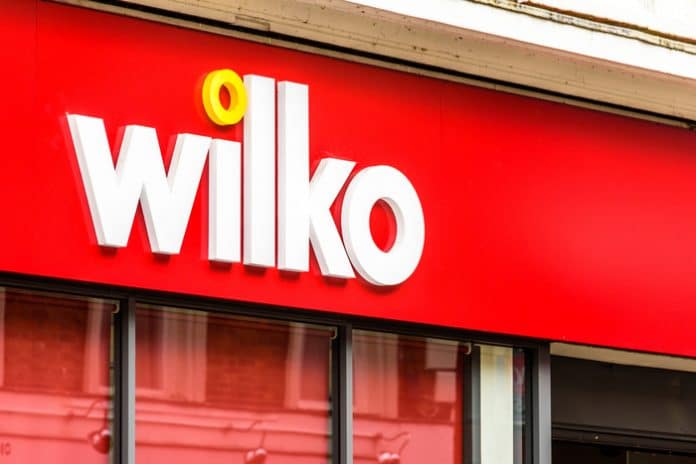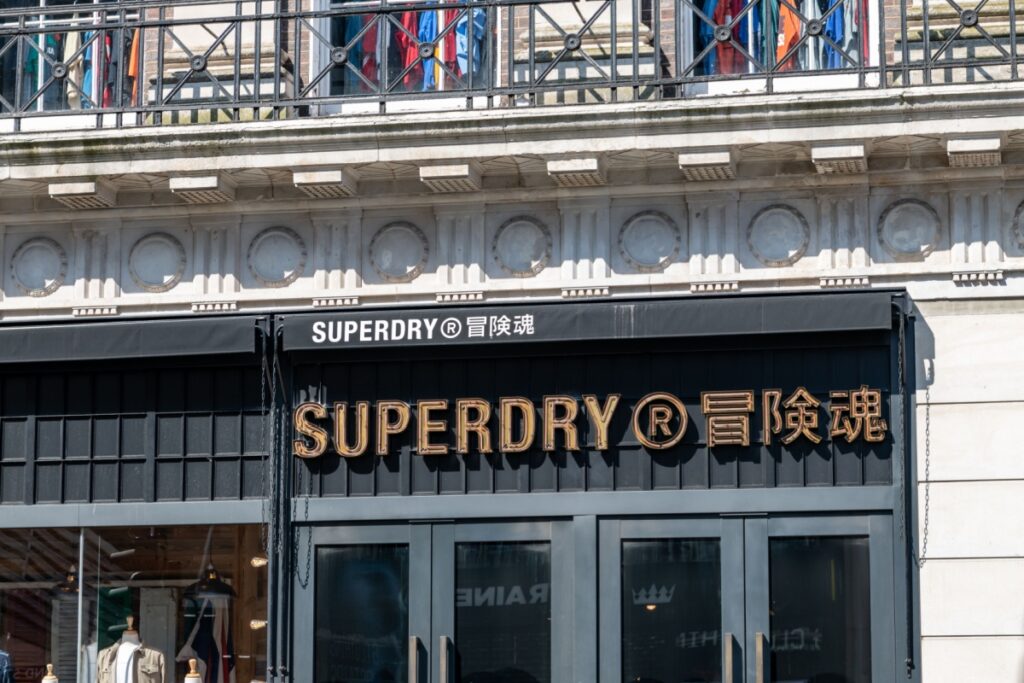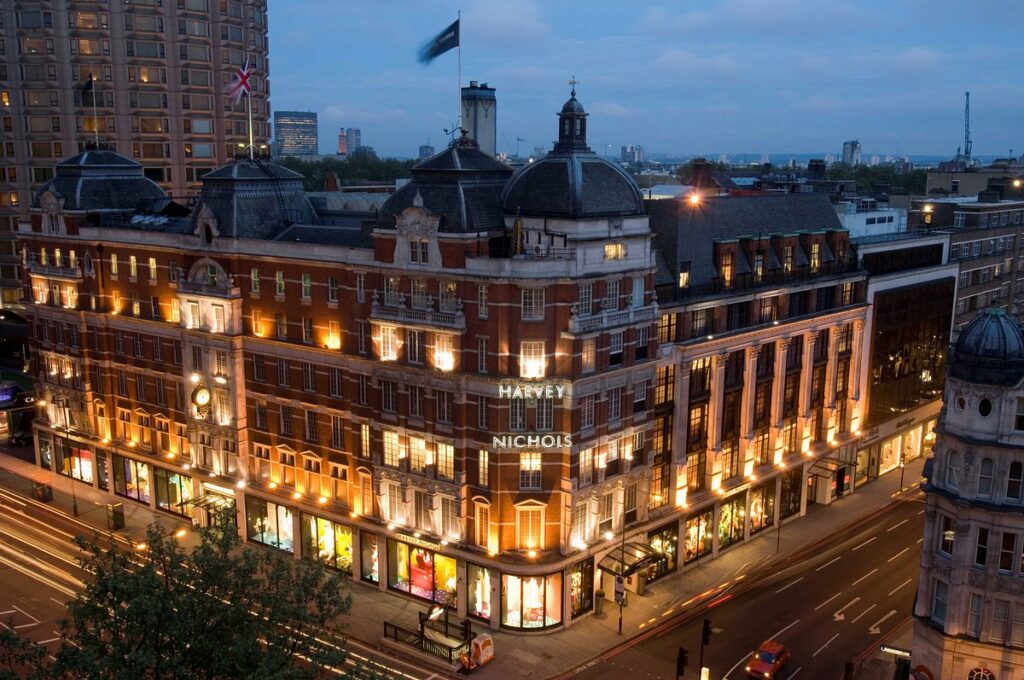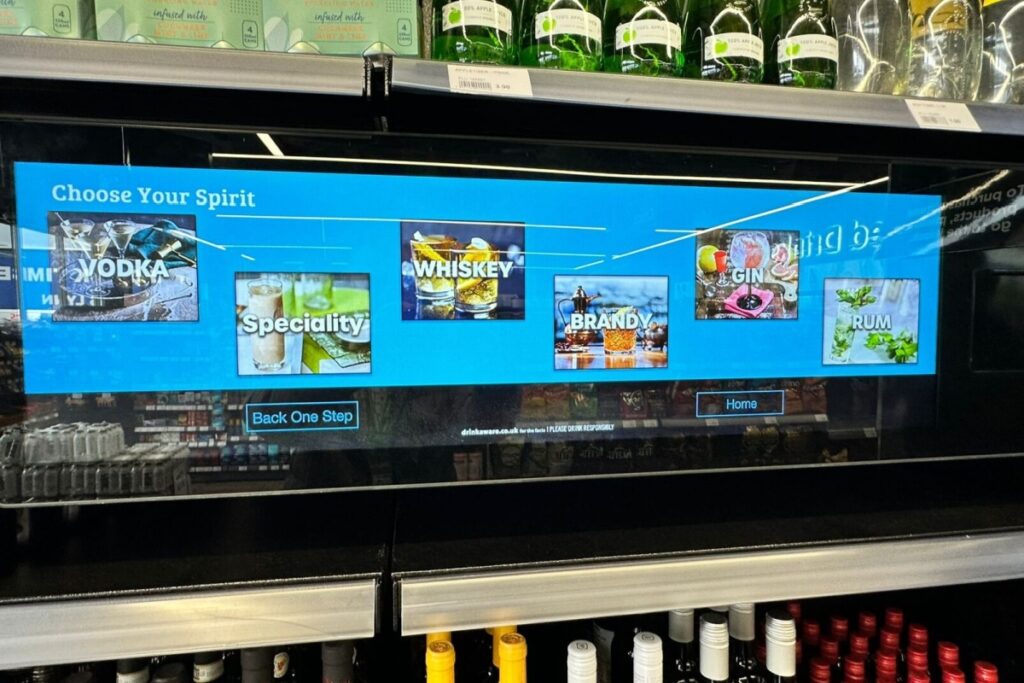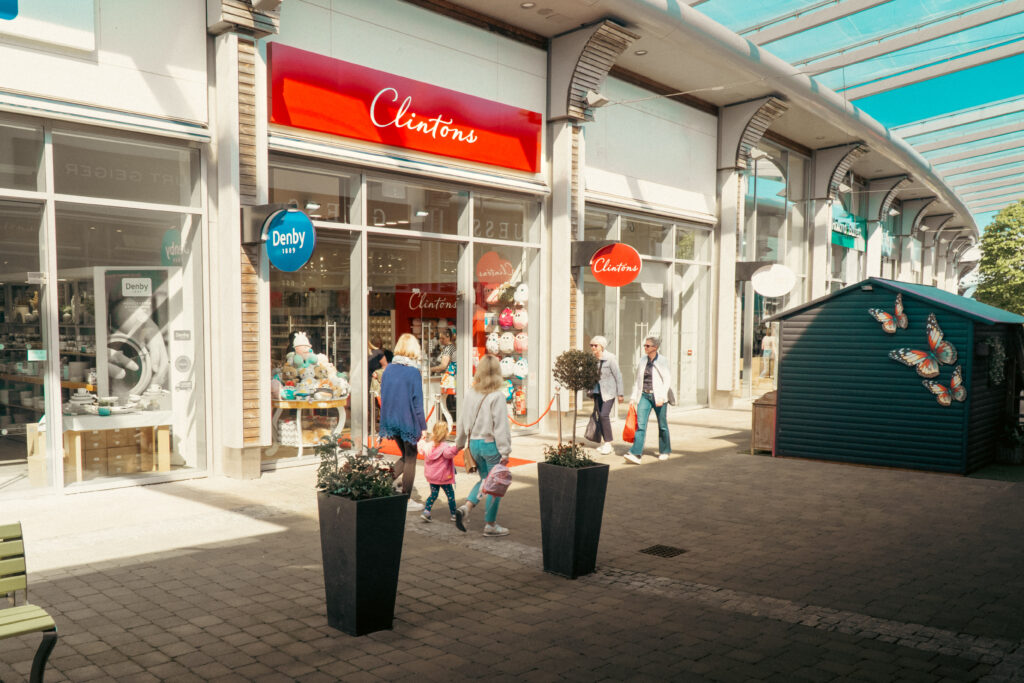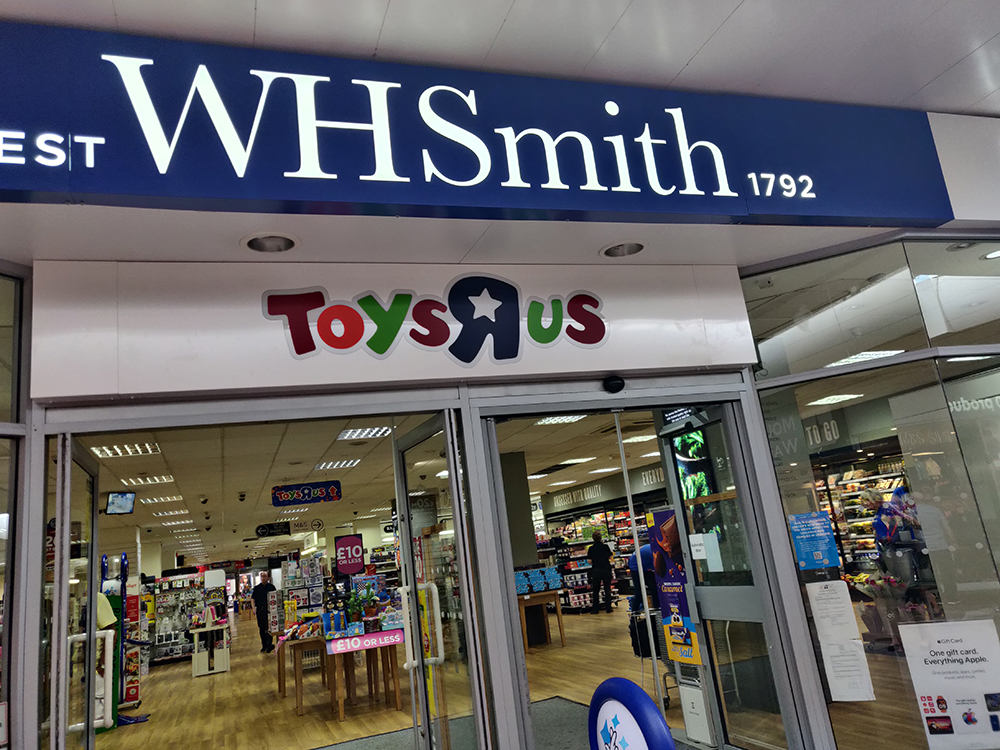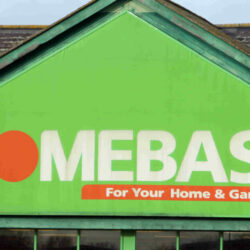After many twists and turns, the Wilko story came to a sad conclusion this week when it emerged that no white knight would save the retailer.

It was confirmed that all 400 Wilko stores would close – although B&M and Poundland have now snapped up more than 120 shops between them – and 12,500 jobs would be lost as the value chain became one of the biggest high street casualties of the 21st century.
However, unlike some of the other retailers on that list – Debenhams and BHS – Wilko’s demise wasn’t a slow, steady decline into obscurity.
Many factors that have hit Wilko hard are things many retailers are battling
Yes, sales had declined by fifth in the past four years, but that is not decades of decline.
Indeed some of the issues it faced over that period were unprecedented, to use a phrase that was commonly used amid the pandemic.
Covid inevitably hit trade, and the financial support the business had during the time – be it through government payments to business rates relief – possibly masked its problems.
However, many factors that have hit Wilko hard are things many retailers are battling: price pressures from fierce competitors, too many stores, and a decline in town centre footfall.
Indeed, many analysts believe that Wilko’s position firmly on the high street, which is in stark contrast to many of its competitors like B&M, The Range and Home Bargains that trade from much-cheaper retail park locations, has been a big factor in its decline.
Subscribe to Retail Gazette for free
Sign up here to get the latest news straight into your inbox each morning
Wilko adds to high street woes
Unfortunately, the demise of Wilko will add further pressure on those high streets, many of which are suffering from the collapse of retailers including Debenhams and BHS as well as closures from big chains like Boots and M&S.
So far, just over 120 Wilko stores have been bought. Although there’s hope more will get snapped up by the likes of Home Bargains, TOFS and Aldi, there will likely be hundreds of vacant Wilko stores on high streets up and down the country.
63.5% of Debenhams stores are still empty
This adds to the 14% of high street shops that are currently empty across the UK.
And Wilko’s large stores will be hard to fill. Just look at Debenhams. More than two years after its demise, the bulk of its stores – 63.5% as of July this year – remain empty.
Five years after BHS’ collapse, a fifth of its stores remained vacant, and back in 2021, 13 years after its administration, 10% of Woolworths stores were still empty.
All of this contributes to a down-at-heel high street that is unappealing to visit and, according to John Lewis Partnership chair Dame Sharon White, is becoming a “looting ground” for criminal gangs.
Just this week, White called for a royal commission review – the first in more than 150 years – into the UK’s struggling high streets as she argued that mass store closures, crime and antisocial behaviour are harming our town centres.
White argues that “too many towns and cities are shells of their former selves” and that “for too many local residents, the heart has been ripped out of their community”.
She has urged a holistic review of all the issues that are hurting the high street from planning to tax – including business rates, to crime and transport.
Many of these issues have long been flagged by the retail industry. Let’s hope the government takes action before it’s too late to end the vicious circle of high street decline that has contributed to Wilko’s demise and will impact our town centres for years to come.
Click here to sign up to Retail Gazette‘s free daily email newsletter

